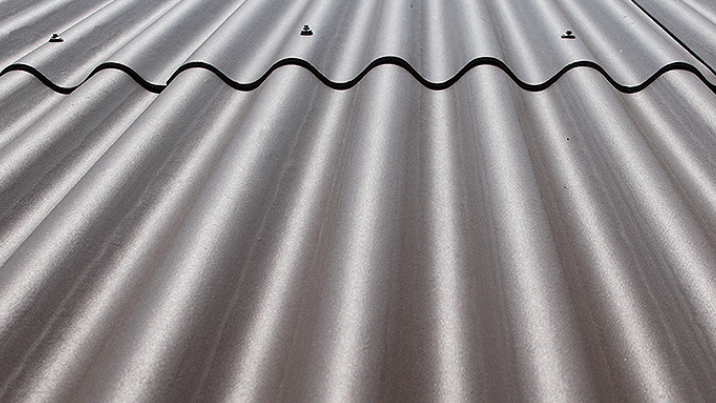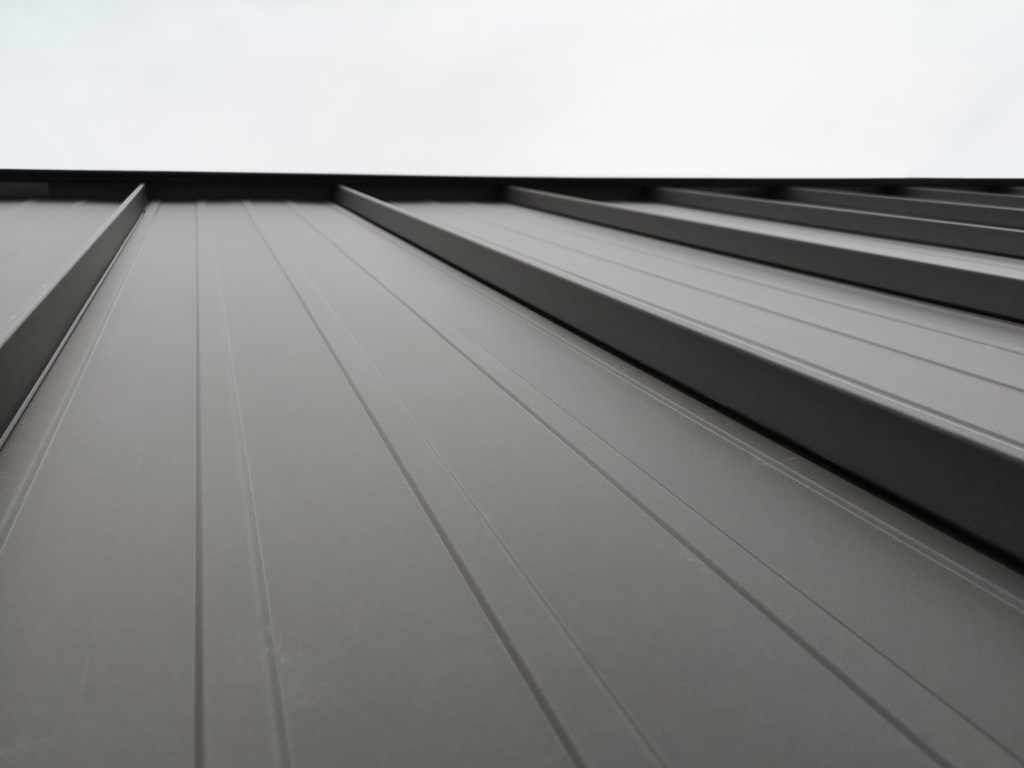The standing seam roof never goes out of fashion, it enjoys wide application on residential and commercial buildings. It not only the elegant style or durability which distinguish standing seam, but many other advantages appreciated by the owners such roofs. The roof got its name from its vertical direction and seamless joints between metal panels. Two sheets are joined together quickly and easily without making holes in them. The latter feature ensures enhanced water resistance of the roof.
Now let us look at the pros and cons of standing seam roof.
Advantages of Standing Seam
The material is lightweight which simplifies the installation. What is more, as we have said above, the nature of the jointure allows standing seam to be fixed on the roof in a quick and easy manner.
Standing seam is suitable for any base, for ventilated and non-ventilated roofs.
Standing seam has enhanced anti-corrosion properties. It can also withstand extreme weather conditions, such as winds, snowfalls or hails.
No wonder it has such long service life: from 20 to 150 years in total.
Flexible nature of standing seam helps to create various forms and to be applied in non-standard architectural needs.
The standing seam itself gives very exquisite and elegant look to the roof, but on top of that you can choose from the large selection of color and finish options for the panels to complement your property. The main advantage of standing seam roof is that it does not have any holes on the metal panels: all fasteners are hidden.
Like any other roofing material, standing seam has also minor disadvantages.
Disadvantages of Standing Seam
The smooth surface of the roof can result into snow avalanches therefore, it is highly recommended to have snow guards installed.
Standing seam is not recommended for steep roofs as it might be very dangerous to climb on such smooth metal roof should any repairs be needed. Or you need to install roof safety products such as roof fences, ladders and bridges.
As you have seen from the article, there are strong and weak points of both roofing solutions. Having read that, you can now decide for which material to opt.







